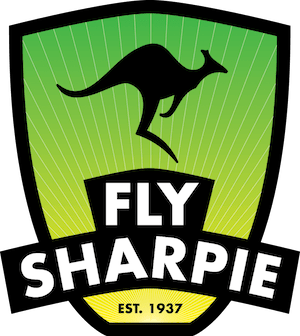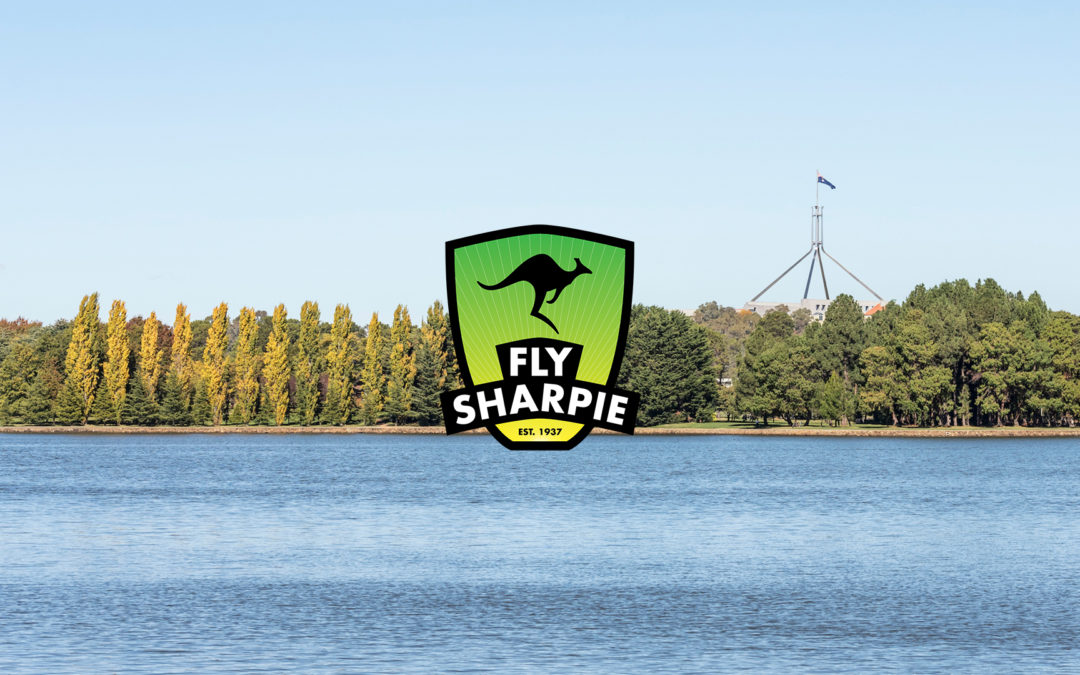“THE LIZARD” WA788
CAMPAIGN SWAN RIVER,
WESTERN AUSTRALIA
BACKGROUND
The Port Lincoln Nationals provided us with an excellent base to build our campaign for defending our title won last year in South Australia.
THE CREW
Both Mark Lewis and Ian Davidson were the obvious crew to sail the boat for the Swan River Nationals based on the normal Prerequisites… light, fit and keen. Target crew weight total of 235kg, being 70, 65 and 100. We all achieved our targets give or take a few kilos (total 240kg).
THE BOAT
“The Lizard” is still in good condition owing to the box construction and limited use over its 13 years or so. It still leaks a little bit which has never been fully sorted being a kilo or so over the minimum weight.
PREPERATION/PLANNING
The Port Lincoln mast (Epslon) was put aside for Stratus as I was of the opinion that we were not the fastest Sharpie on the river, being a bit locked up and overpowered in a normal 18 knot sea breeze.
Early in the season we played around with our “ka” sails including a new jib and a couple of different large kite shapes. Our speed was sound but as the Nationals neared the gap closed with two or three of the local boats all capable of matching us. In December we spent two weeks training, after work. That managed to increase our training partners speed more than ours!
In the final week before the title we spent time tuning the boat. A few minor rig changes (mainly opening up the slot and making the boat more gust responsive) saw a change in speed that probably gave us an edge for the 15-18 knot experienced over much of the Nationals.
We ended up using our flat 1993 Brewer Main with a new Walker jib and spinnaker for the nationals whilst we were happy with our ka sails, particularly in the moderate conditions.
Our rig set up was similar to most with the rake being between 24’10” and 25’5” dependant upon conditions generally at 25’1”. We always set up the boat to minimize back winding of the main and whilst carrying a firm mainsail leach for the flat river conditions. We knew when the rig was right as the boom was inside the boat without having to work too much mainsheet.
Another major change made to the boat was the removal of the ram/strut on the front of the mast, which was replaced with a double lower arrangement. This was to help free the boat up for the windy Swan River. The double lower system was tried to help the support the mast sideward above the deck. The arrangement, “looked fast”, but tended to catch the jib leads on tacks.
THE SERIES/PLAN
The same formula/series plan was adopted for the Swan as for Port Lincoln being, good start, right way, clean air, keep out of trouble, top 10 at first mark.
Knowing the local conditions was not a huge advantage, as we never really had a normal sea breeze for the entire series. The top mark was also in a different location to our club racing so the left hand side was not the favoured side. Generally the slight bias in the breeze to the west made the squadron shore often favoured.
Our series plan worked with good places in all of the first few races. When the pressure was off us a little we started more conservatively and often got into a bit of trouble. A couple of swims on the start line and up the first beat pulled us back to reality. We were also constantly challenged in the speed smarts department by ” Bowling for Burgers” who seemed to have an edge in the in the over 20knot range.
There was a complaint by a competitor that we had been constantly leaving the bar a little early. This “myth” was dispelled following “chug-a-lug night with two of “The Lizard’s” crew (unnamed) seen departing at 2:30am or so.
In the end, the final result saw the series won after Heat 6 from “Spiny Norman” Tim Reger and “Bowling for Burgers” Gary McLennan.
We were confident about our boat speed. Although our boat skills went missing on occasions which left us vulnerable to having a few bad places. The windex hit the water on more than a few occasions than I wish to remember… for a variety of reasons, not to be further discussed!
Any of the top six boats were capable of winning heats. The Swan River coupled with consistent “almost sea breezes” provided sailors with first class Sharpie sailing conditions, made even more exciting with new larger spinnakers.
Peter Chappell

